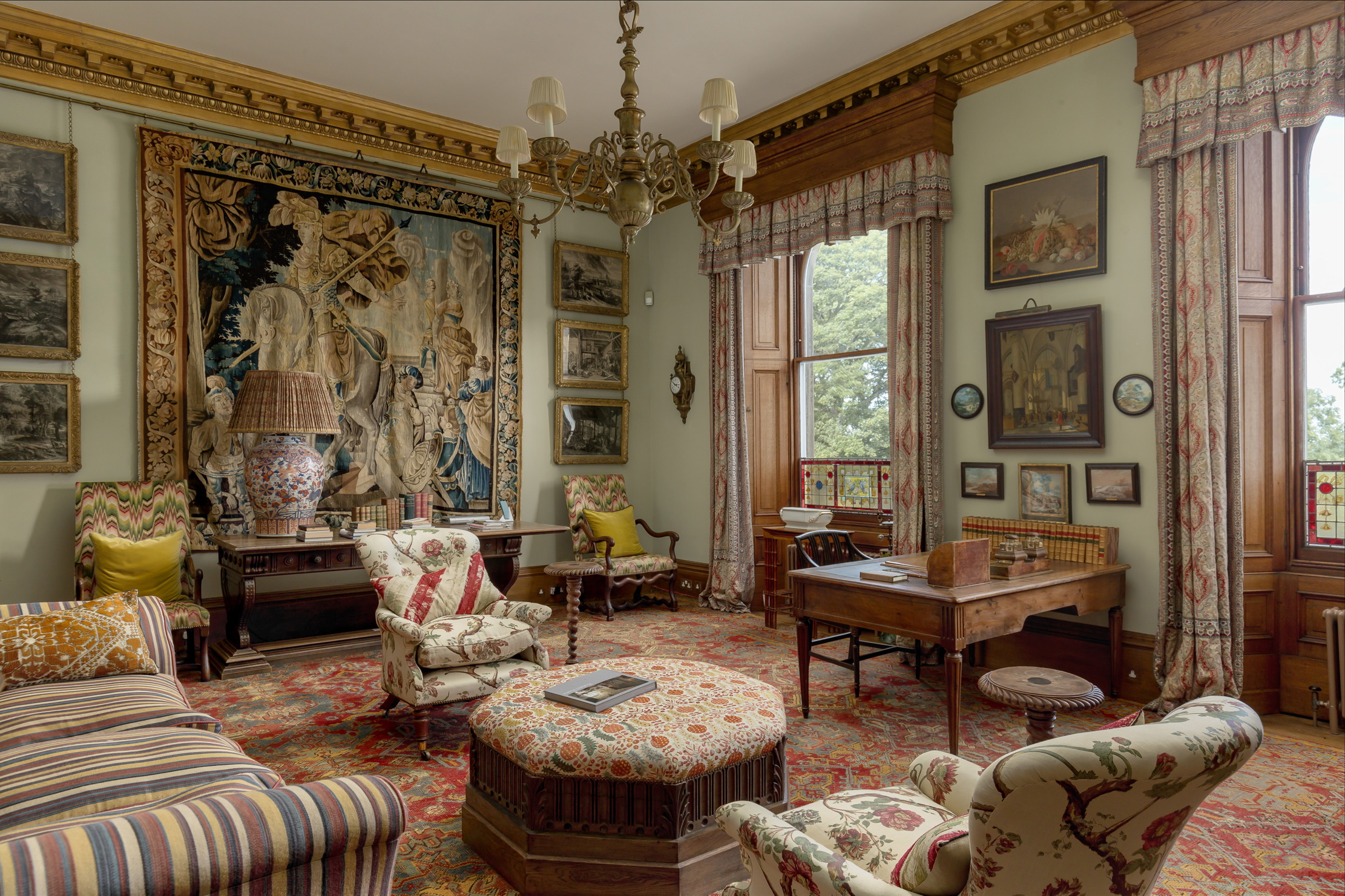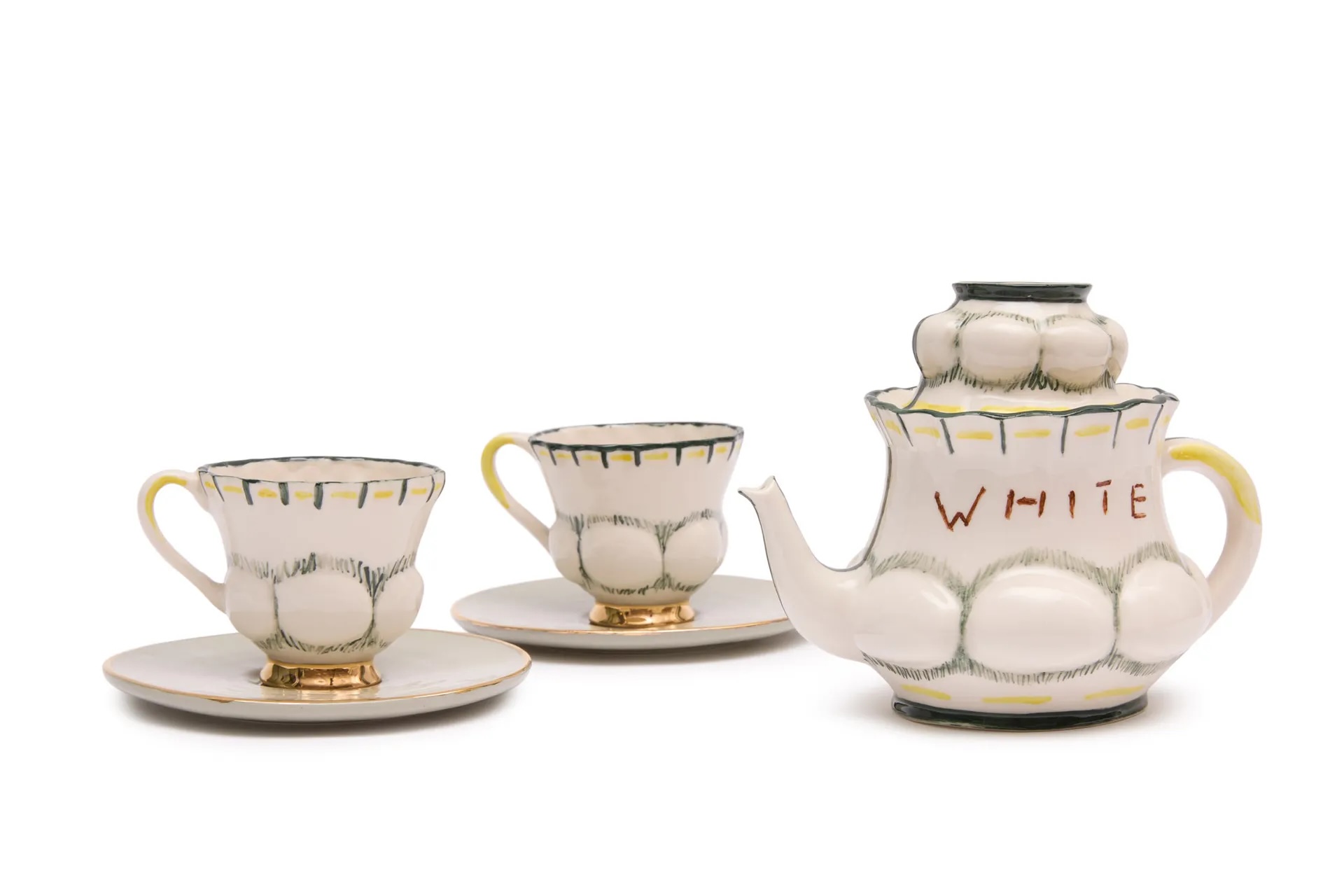Lost medieval village on Chichester Harbour
Melanie researches the history of Westlands Farm which sits in the site of a lost Medieval village

In this weeks' issue of Country Life Arabella Youens featured Westlands Farm, located along the banks of Chichester Harbour and designated as an Area of Outstanding Natural Beauty (AONB). As well as being surrounded by beautiful gardens, fields and having a 1000ft frontage to Chichester Harbour, Westlands is also situated on what is believed to be the lost village of East Itchenor. Some archaeological studies have been undertaken, but to gain a full picture of the lost village, a complete survey, or perhaps three days with Time Team, needs to be attempted.
East Itchenor, Birdham and West Itchenor can be traced back to Roman times when it was occupied by Icca. In fact the name Itchenor originates from ‘Iccen Ora' or ‘Icca's landing place' which slowly became ‘Itchenor'. By the 13th century, East Itchenor was thriving and was in fact larger than neighbouring Birdham. However, in 1348 when the Black Death swept across England, East Itchenor is thought to have been badly affected by plague and ultimately the cause of the demise of the village. The parish of East Itchenor did continue for a time and was only united with Birdham in 1440.
It was at this time that East Itchenor disappeared as a village and became solely farming land. The section of land where Westlands Farm is situated today was owned by the church, and attached to the Priory of Boxgrove, but after Henry VIII's Dissolution of the Monasteries the land was acquired by the Crown and by 1557 had been granted to Sir Richard Sackville. However, seven years later Sackville transferred the estate to the Dean and Chapter of Chichester.
The area where Westlands Farm is situated continued as farming land throughout the 17th and 18th centuries and it was only in the early 19th century that Westlands Farm was built. The first reference to the farm was in the land tax records in 1828, at which time it was owned by the Dean and Chapter of Westminster and was leased to a Mr. William Gibbs. William Gibbs appears to have been a prominent farmer and land owner at this time as later records show that by the 1840s he owned hundreds of acres in old East Itchenor.
Into the mid 19th century, William Gibbs and his family continued as leaseholders of Westlands, but the farmhouse was tenanted to local agricultural labourers. By 1854 the property was on the market, advertised as a ‘very compact and fertile farm...comprising a double tenanted brick built and thatched cottage...' The census records in the following years confirmed that the house was indeed two separate homes occupied by farm labourers and their families.
By the 1890s, Westlands Farm was occupied by the Boughton family, who established a successful family-run farm that continued through to the mid 20th century. At the time of the 1901 census the house had been renovated into one property occupied by Henry Thomas Boughton, his wife Fanny and their six children. The farm continued to be leased by the Boughtons and became known locally for the ‘Boughton Brothers'. During the 1920s and 30s, the farm was being run by brothers, Henry Thomas (Jnr - known as Harry), Frank and Frederick Boughton.
However, by the late 1920s things began to change and the Boughton family left the farm. By the end of World War II, the house was leased to Antony Mason, whose family continued at Westlands Farm to today.
Sign up for the Country Life Newsletter
Exquisite houses, the beauty of Nature, and how to get the most from your life, straight to your inbox.
Westlands Farm has seen a lot of changes in between the time it was built in the early 19th century and through to today, where it has been extended and renovated to become a comfortable family home. The house is still surrounded by open fields and gardens, and occupies possibly the best location along Chichester Harbour. * More details for Westlands Farm
* Read the full history of the house on my blog - The House Historian
Country Life is unlike any other magazine: the only glossy weekly on the newsstand and the only magazine that has been guest-edited by HRH The King not once, but twice. It is a celebration of modern rural life and all its diverse joys and pleasures — that was first published in Queen Victoria's Diamond Jubilee year. Our eclectic mixture of witty and informative content — from the most up-to-date property news and commentary and a coveted glimpse inside some of the UK's best houses and gardens, to gardening, the arts and interior design, written by experts in their field — still cannot be found in print or online, anywhere else.
-
 The finest interiors in Edinburgh? A seven-bedroom townhouse furnished by Robert Kime comes to market
The finest interiors in Edinburgh? A seven-bedroom townhouse furnished by Robert Kime comes to marketSituated on one of the New Town's grandest terraces, this four-storey property is a collector's dream.
By James Fisher Published
-
 Why LOEWE decided to reimagine the teapot, 25 great designs over
Why LOEWE decided to reimagine the teapot, 25 great designs overLoewe has commissioned 25 world-leading artists to design a teapot, in time for Salone del Mobile.
By Amie Elizabeth White Published
